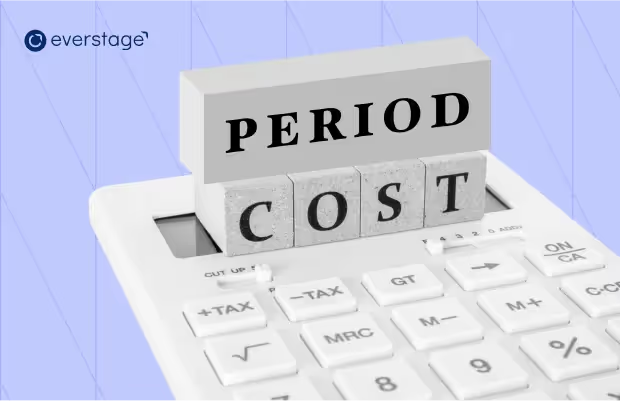Got a bunch of sales job offers? Congratulations! You must be quite the candidate for sales. Now what? Research your options, compare the offers and pick the one that gives you the ultimate salary and a dreamy OTE? Not quite. There’s one particular factor that a lot of salespeople miss out on and that’s their draw plan.
In short, draws are either an advance against commissions or a guarantee paid out during times of sales uncertainty. As a rep, you might be tempted to take up a fancy OTE but if you aren’t paying close attention to other details, you might struggle with your cashflow. Through draws, you can rest assured that you have consistent cash flow.
So, before you say yes to any company, ask them about what they have in mind regarding your draws.
Here are 5 things to look out for in your plan:
1. What happens to your incentive during the ramping period?
When you’re starting off at a new sales job, most companies offer a grace period or a ramp period of 2-3 months where you get paid the entire incentive pay (at 100% OTE). You get trained on the product, learn about company culture and start building your pipeline. There are different versions of draws during the ramp period. Some companies offer 80% guaranteed incentive pay on the first month, 50% on the second and so on. If a company says you are on incentive pay without any guarantees from day 1, then that’s a potential red flag you’d want to stay away from.
2. How often is your incentive paid out?
If your payout is set on a quarterly basis with 50% of your pay being incentive pay, your cash flow isn’t going to look great. You’d be making only 50% of your salary every month for 3 months (150%) and you’d receive the remaining 150% (OTE) only at the end of the quarter. To remedy this, companies must offer a draw against commissions where you get at least 30% to 60% of your incentive pay every month.
Post final quarter settlement, you will be paid the difference if you overachieve. In case you don’t meet your targets for the quarter, the additional amount received in your draws would get deducted in future payouts.
If you are a junior rep in a valley startup, I suggest you get a commitment on draws. Otherwise, the quarter is going to look pretty rough for your cash flow. I’ve seen reps even quit firms due to the financial struggle involved.
3. If sales happens only during certain seasons, do you get an advance on commissions?
In case of SaaS products purchased only during the end of the year, reps won’t be able to sell for the rest of the year. This trend is also noticed in certain vertical SaaS products like e-commerce where the sales teams get super busy during holidays but then it’s pretty quiet during the other months. Similarly, if you are selling software to sports-based companies, seasonality needs to be factored in. Here, a compensation plan with a recoverable draw is the way to go. You take an advance on your commissions during off-season months which is later deducted when you earn your commissions.
4. What does the sales cycle look like?
If you are selling a SMB product, your sales cycle will be less than 3-6 months while the cycle can go as high as a year for enterprise products. But, there are some businesses where each deal takes 1 to 1.5 years to close, which means survival is impossible without a draw plan. Talk to the HR team about the percentage of your variable pay you’d get every month, the guarantees around commissions etc. It is likely that this information might not be disclosed to you right away. So, to make sure they’re a good fit for you, take a look at their Glassdoor or RepVue ratings to see how the salespeople feel about working there.
5. Is the incentive pay unusually high?
If a company offers you OTE at 60-70% incentive, please enquire on how often their reps hit quota and the other nitty-gritty details of their sales process. The issue here is that at 70% incentive, you can't afford to have a bad month. Unless the company is established with a proven business model and product market fit, you will most likely not end up doing your numbers. The reason it is 70% might simply be due to the company struggling. So, you need to talk to the reps who work there, to see if they are doing their numbers every month and to see if the company lets you take advance on commissions if required. Signing up for such a high incentive % is usually not recommended.
Draws serve a very important purpose for both the reps and the company. From the company’s perspective, draws are a measure of goodwill and a means to keep their sales reps motivated and happy. From the rep’s perspective, it helps their cash flow stay alive and kicking instead of having to wait for a big pay day every quarter.
If you find these five things particularly off in a comp plan with regards to the draw policy, steer clear of the company as its priorities are likely elsewhere.
Acknowledgements : Thanks to Samra Taban for editing the blog. Thanks to Aravindh Natesan for the designs.





.avif)
.avif)





